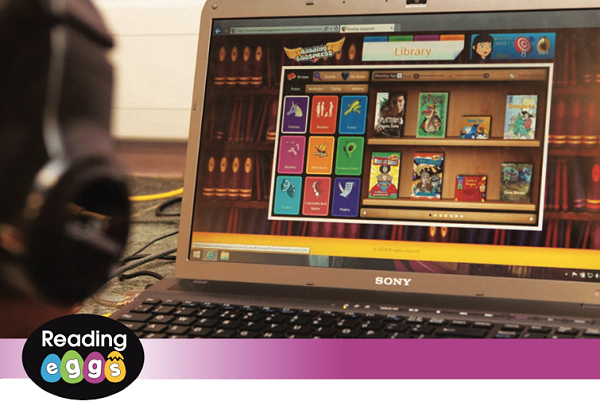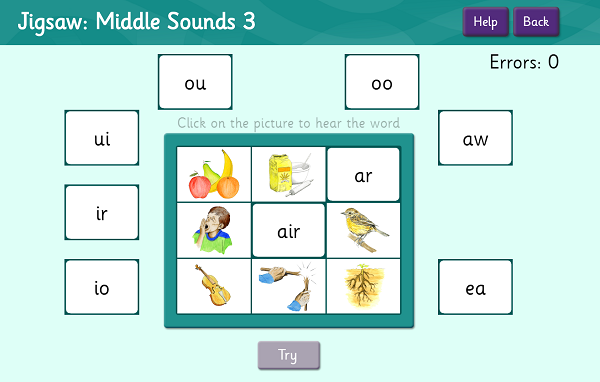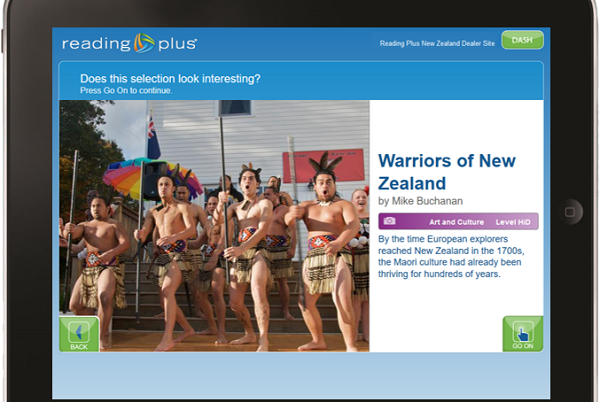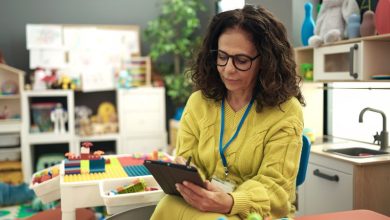Online literacy tools to support your readers

As every teacher knows, there is a huge spread of literacy level and ability in every class; the challenge is to cater effectively to every student. Using a sophisticated online literacy resource can ease this task considerably, and allow your valuable teaching time to stretch much further.
Online literacy programmes continue to be improved, and most supply diagnostic information. The comprehensive programmes analyse learners’ progress and provide automatic reinforcement, and alert the teacher to any difficulties.
Last April, the Ministry of Education (MoE) launched a free online literacy tool for secondary students, Pathways Awarua, an interactive online resource which students can access from school and home. Teachers, parents and families can also view the students’ progress.
When teachers register with Pathways Awarua there are online modules available to help make the most use of the resource. Once these are completed they have full access to the site and can begin registering their students.
The reading and writing pathways are linked to three collections, with the lowest collection providing support to learners with the most significant literacy needs.
Industry viewpoints
School News spoke with three specialists catering to New Zealand schools for their opinions on choosing digital literacy resources.
Ros Lugg is a remedial literacy specialist and the managing director of educational resource company, The Learning Staircase. They developed Steps, a digital literacy programme and the new StepsWeb, which is online.

“All good resources need to be flexible enough to cater for individuals, pairs/groups or whole-class use. They should be used as a teacher tool – not to replace teaching, but to support it.
“A key feature of a good programme is that a teacher can easily manage students working at their own level – even if all 30 of your learners are on different levels!
“Programmes are now starting to provide more diagnostic information and the best programmes analyse learners’ progress and provide automatic reinforcement, as well as alerting the teacher to any difficulties.
There needs to be more structure and continuity within schools. Schools need a literacy progression which goes right the way through the school, so learners are following a structured course, which includes core reading/spelling knowledge, basic grammar, vocabulary and some aspects of language development. This needs to run alongside reading programmes and all the other aspects of the literacy curriculum, but can support those aspects as needed. Teachers need to be able to customise a programmes to support teaching areas, or to address individual needs.
Janine Trembath is the business manager for the I.T. Education Company (ITECNZ) which distributes software to support literacy learning.
 “During the past two years, school software has moved from being predominantly on CD to being internet-based which means programmes can now provide for multi-platform use e.g touch screens, iPads and tablets. Technological advances make it possible to find literacy programmes that can be used in almost any school or home setting, making it much easier for schools to implement in a BYOD environment.
“During the past two years, school software has moved from being predominantly on CD to being internet-based which means programmes can now provide for multi-platform use e.g touch screens, iPads and tablets. Technological advances make it possible to find literacy programmes that can be used in almost any school or home setting, making it much easier for schools to implement in a BYOD environment.
Online software enables students to benefit from programmes with frequent content updates. It is easier than ever for schools to meet the needs of all students at the same time and enhance student learning and engagement by using online software with features such as modern graphics, instant feedback, and up-to-date student dashboards for students to self-monitor their progress.
“Teachers should choose programmes that scaffold to provide practice and instruction based on each student’s answers. This provides personalised learning paths while saving teachers’ time as they don’t need to assign specific lessons to each student.
“Students need to be given adequate time if they are to benefit from any online programme. For best results, teachers should regularly monitor the live on-line student data, and respond to any additional support resources or instruction recommended.”
Liam Kerr speaks for 3P Learning New Zealand, distributors of Reading Eggs and also the team behind Mathletics.
“When a school is choosing an online literacy programme, consider what it can do for the student’s learning other than what it can get from a library book. Does it truly offer something unique that can engage students with their reading? Does it provide a good balance of student agency and teacher-driven learning? And look at whether the programmes provides enough extra resources so that savings are made in other areas of the school.
“Look also into whether the programme is based on solid scientific research. Online literacy programmes should contain essential keys to reading success with focus on a core curriculum of phonics and phonemic awareness, sight words, vocabulary, comprehension, and reading for meaning.”








